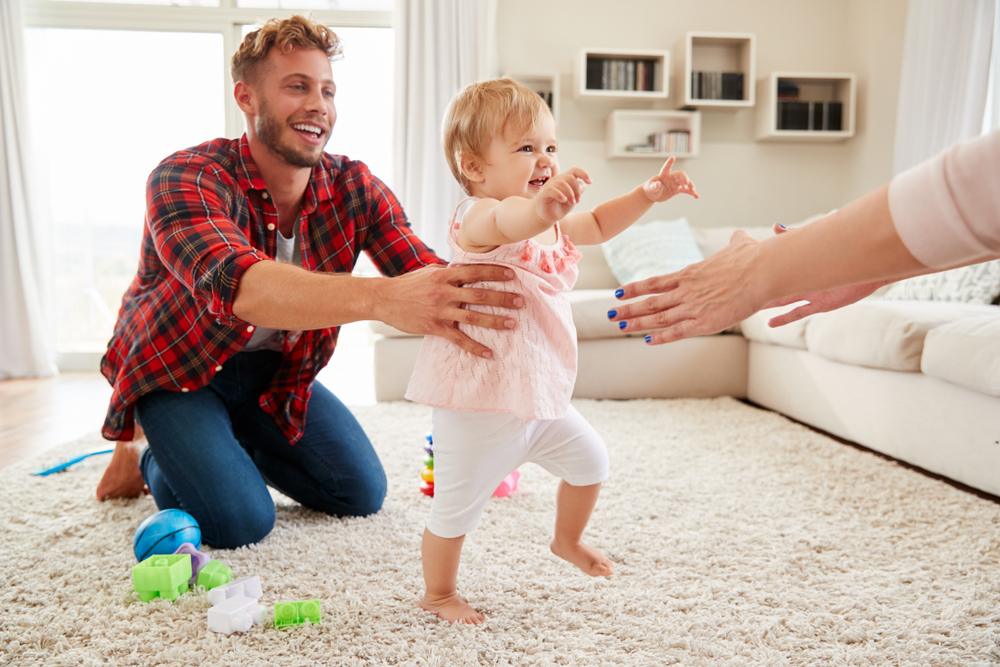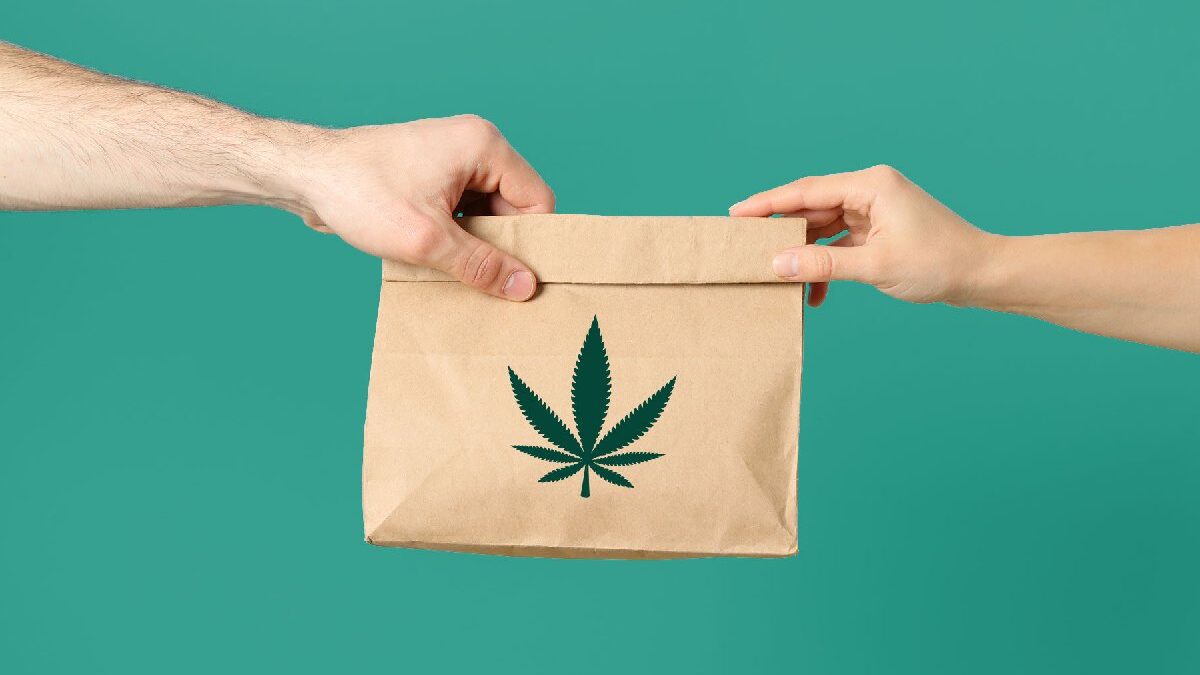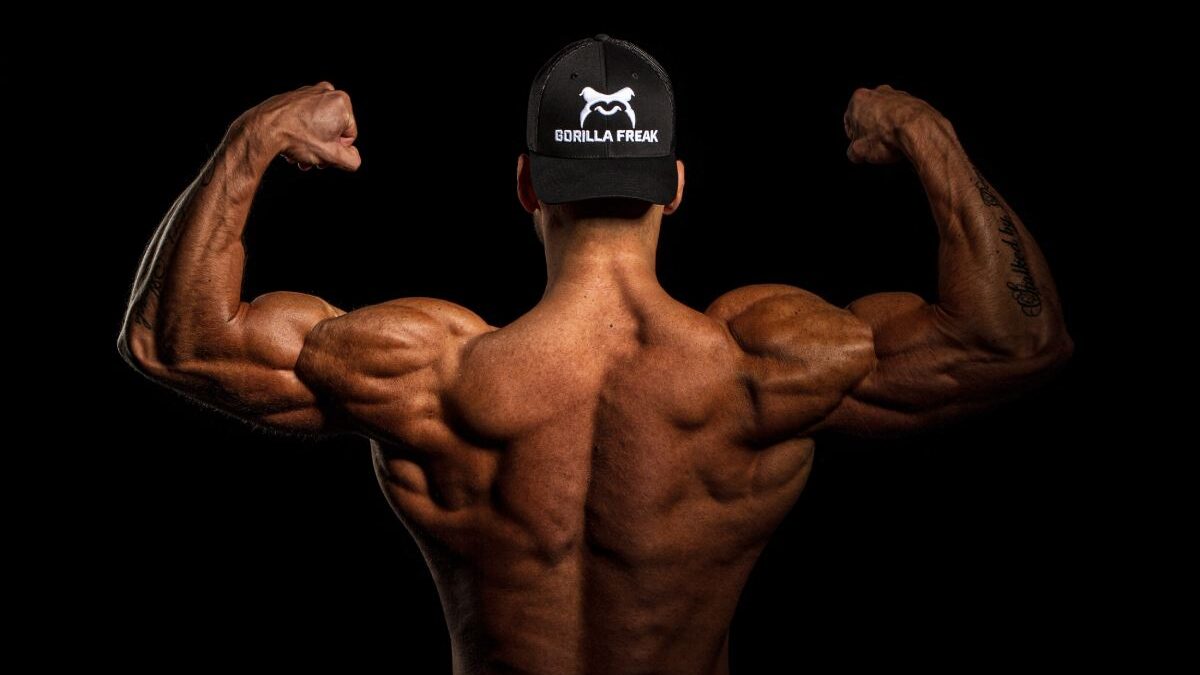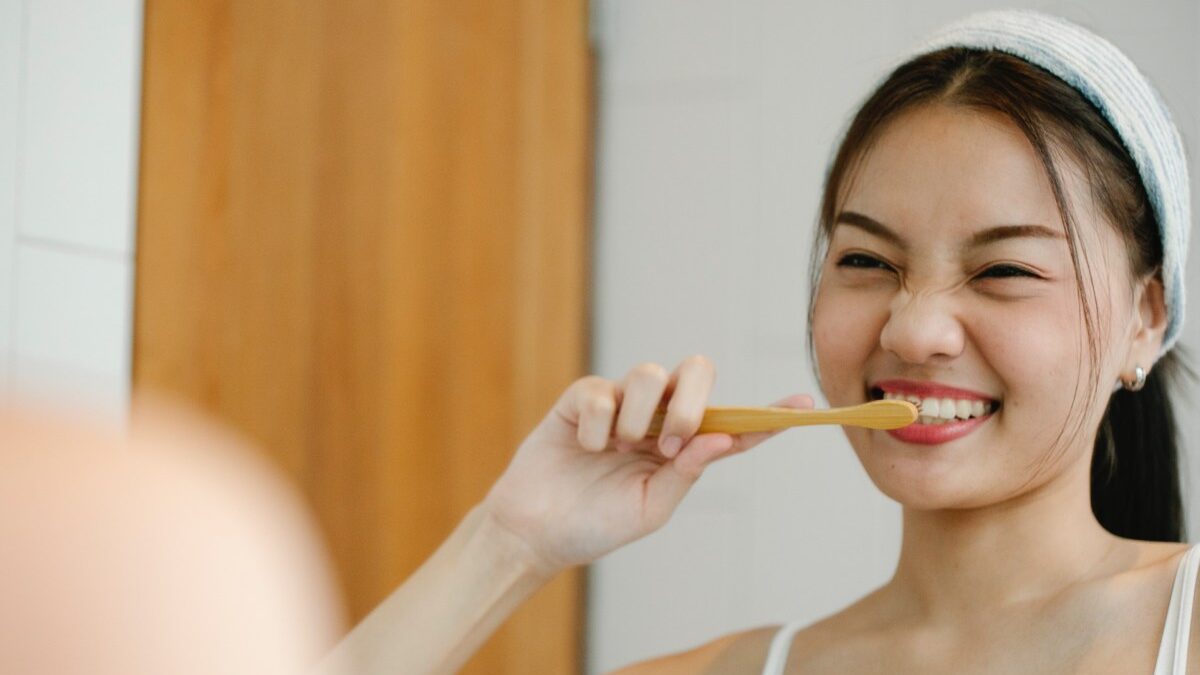
As babies gain more motor skills, their independence and strength increases. You can help your baby develop motor skills by putting on clothes or introducing toys.
1. Introduce your baby to different fabrics and textures through touch
Introduce babies to different textures and fabrics to help them develop their senses. For the best experience, let your baby touch and feel a variety of fabrics, such as cotton, silk, viscose that feels like butter, spandex or buttery soft. Expose them gradually to each fabric and let them explore each before moving on. Encourage your baby to feel and touch the fabrics, both when dressing them and at their leisure. By exploring fabrics and textures with their babies, they can gain valuable sensory experience. Enjoy the journey and let their curiosity guide you.
2. Encourage them to hold their own spoon
It is important to encourage babies to use their own spoons. Here are some tips for helping them along.
- Start by giving them a spoon that’s soft and lightweight.
- You can teach them by letting them observe you while you feed them.
- Let them play with the spoon, even if it doesn’t seem to be putting much food into their mouth.
- Once they are better, feed them soft food that you can scoop.
- Celebrate their success and be patient when they make mistakes.
You can help your baby develop fine motor skills and independence by allowing them to hold their spoon. Remember that every baby is different, so have fun and be patient!
3. Let Them Have Plenty Of Tummy Time
It is important for babies to develop their motor skills by laying on their stomachs. They can play with toys while absorbing the environment. Put your baby in soft clothes and let them play on the floor with a blanket or quilt.

By moving their arms and leg, babies develop motor skills and strength. Lifting their chest and head off the floor and maintaining that position is another essential skill. As your baby develops, you will see them move their heads from side to side.
During tummy time, children also learn to roll over. This action requires coordination and strength of the arms, legs, and hands. Once they learn how to roll, babies will not stay in the same position very long.
4. Demonstrate the New Toy
Some toys are designed specifically to help develop the motor skills of a child. A toy that makes sounds when shaken is one example. The baby will shake the toy to hear the sounds. Examples include rattles, a ring made of plastic keys or balls with bells inside.
A miniature drum can also be a great toy for developing motor skills. To make a satisfying noise, a baby must grasp the drumstick and strike the drum. Your baby must not only learn to hold the stick, but also to aim it at the drum.
A play gym overhead is a great toy for your baby during tummy-time. This toy looks similar to a bridge that is placed over a child on a quilt or blanket. The colorful objects hanging from the play gym must be hit by your baby. The objects will swing, or play music if you touch them. Some babies are motivated to stretch their arms and legs, move their fingers, or kick their legs by simply touching the objects.
5. Encourage Them to Move To a Favorite Product
Your baby probably has a favorite. Try putting the toy out of reach during tummy-time. This will encourage your baby to move his legs, stretch his arms and crawl on their belly to reach the toy.
6. Play music and practice clapping
It’s a great way to improve motor skills. Play a CD with lively songs for children. Show your baby how to clap along with the music. Demonstrate clapping until your baby gets it. This activity allows you to introduce your child to different types of music.
7. Read a Soft Book To Your Baby
When you read a soft book with your baby, it serves several purposes. Many soft books produce squeaky or crinkly noises when squeezed. The baby can use their fingers to explore the book and find these sounds. The book’s plush pages can be turned and the baby can practice holding it.
A soft book can also be used to stimulate their minds and teach them the sounds of words. Colors and images will keep your baby’s interest.
8. Set Up a Mini Obstacle Course
Make sure you have a large enough space in your living room to set up your obstacle course. Place two or three large cushions end-to-end on the floor. Encourage your child to move over the large pillows in order to reach the toy on the other side. This activity develops arm, leg and neck strength as well as coordination.

ou can also include a small plastic stool that has enough room for your child to crawl underneath it. Place a toy on the front of the stool, and encourage your child to slide underneath the stool in order to reach the toy.
Include a lightweight crawling tunnel in your obstacle course. Encourage your child to crawl through the tunnel to reach a favorite toy at the other end.
Make Motor Skill Development Fun
You can easily help your baby develop his motor skills throughout the day. You can help your child’s development by making these activities fun for them.










